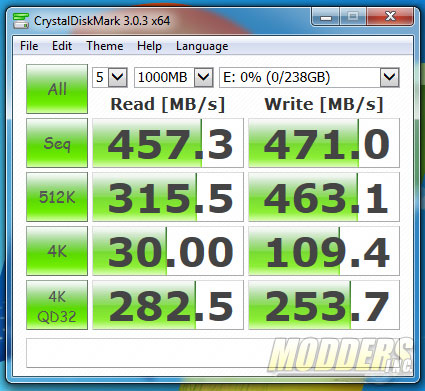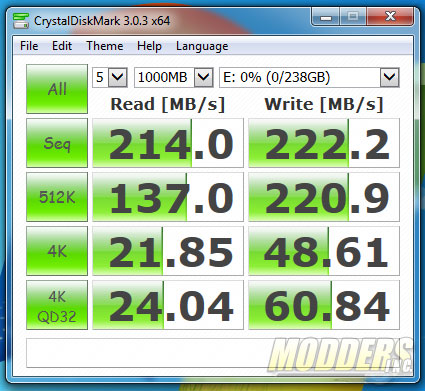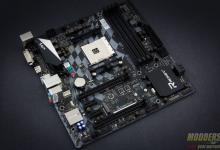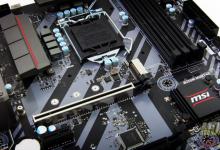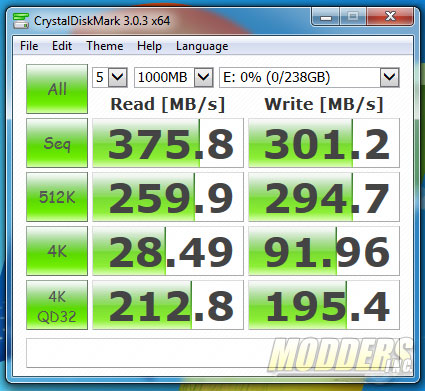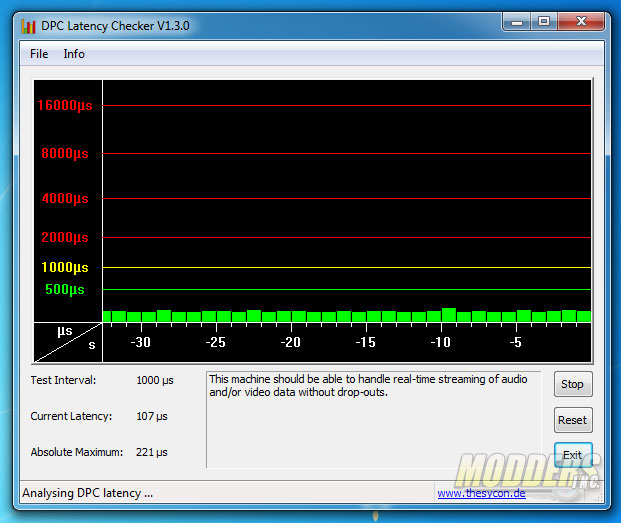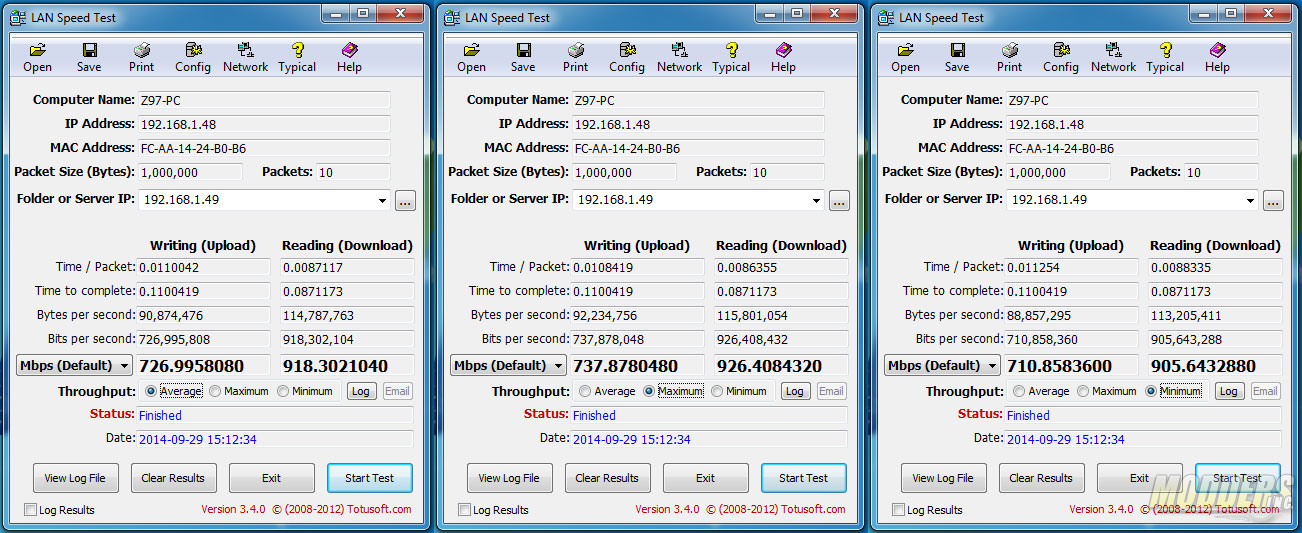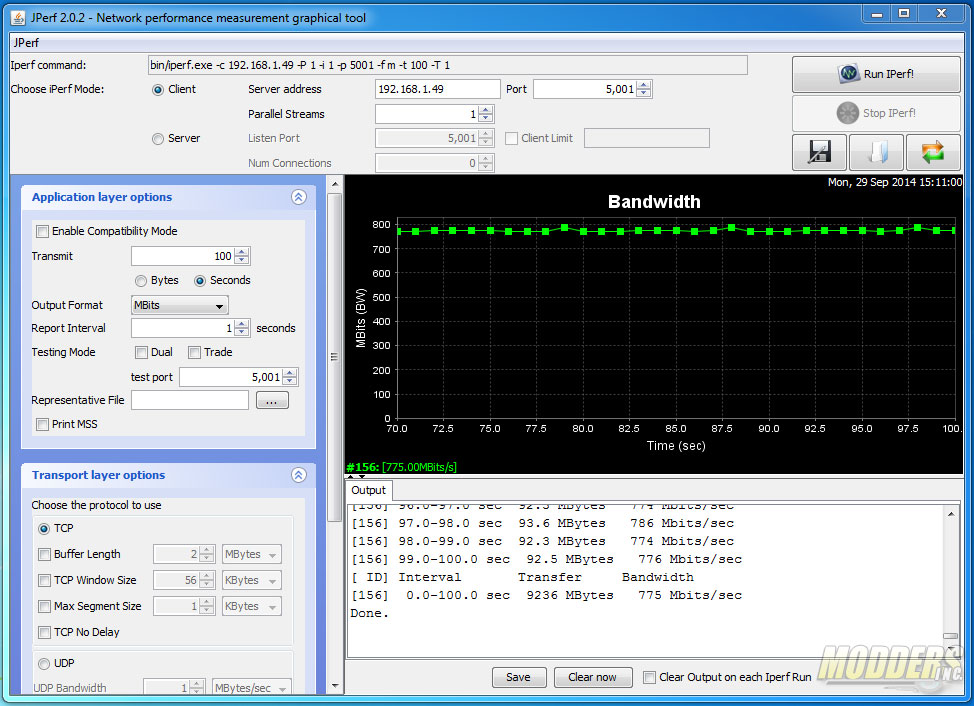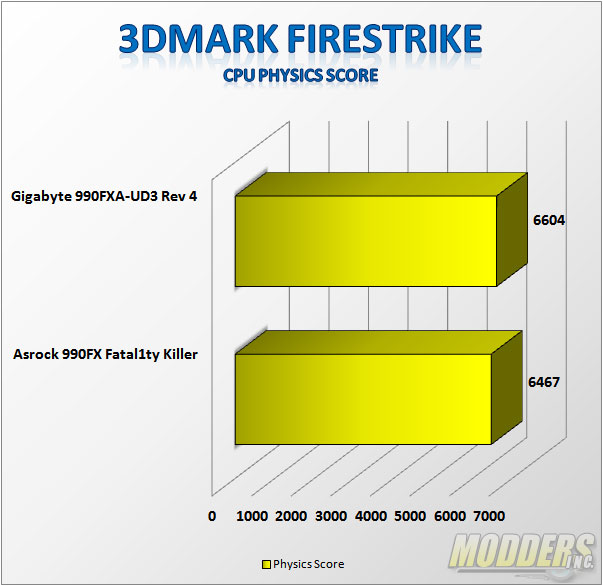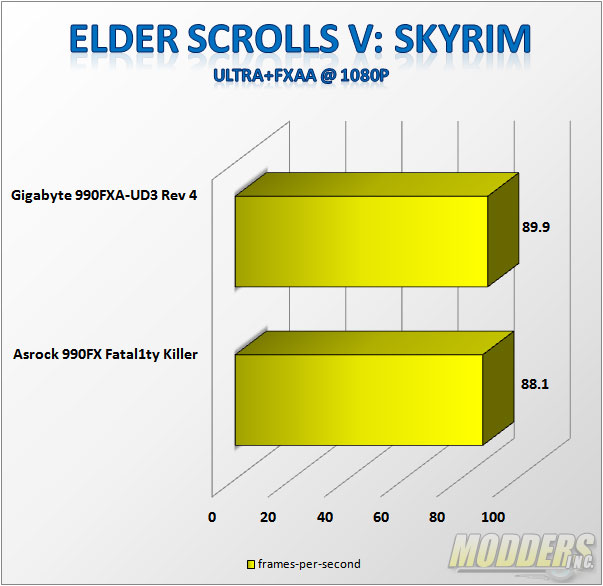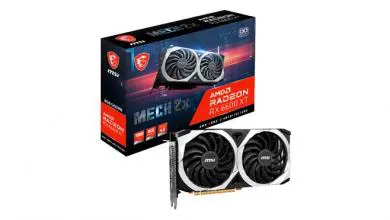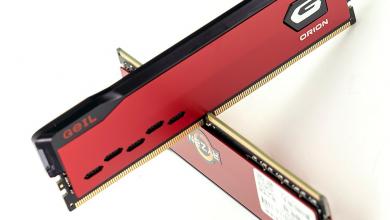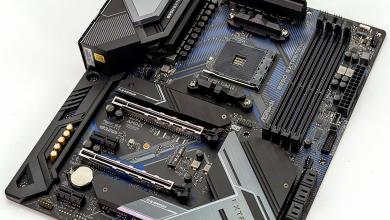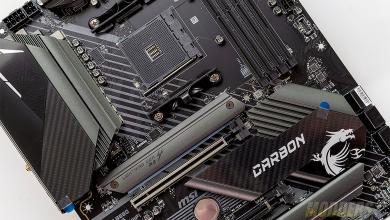Gigabyte 990FXA-UD3 Rev 4.0 Motherboard Review: Old but Gold
Subsystem and Gaming Benchmarks
Storage Benchmarks
All six SATA3 6G connections are provided natively by the AMD SB950 chipset.
AMD FX does not have native USB 3.0 support so Gigabyte uses VIA VL805 USB 3.0 host controllers.
Although there are no additional SATA3 6G ports onboard other than the default six provided by the SB950 chipset, a 3rd party Marvell 88SE9172 host controller provides a pair of external SATA ports in the rear IO.
On-board Audio
Before proceeding with audio benchmarks, Deferred Procedure Call latency must be first checked to make sure that the system is capable of producing useable results when the Rightmark Audio Analyzer benchmark was run. DPC is a Windows function that involves prioritizing tasks within the OS and high DPC latencies can be caused by several things including hardware device conflict. The DPC checker graphically displays the latency level of the system in real time so as long as the bars are in the green, the system should be able to handle audio and video streaming without drop outs or stutters.
After leaving the system running for one hour, the absolute maximum peaked at 221 microseconds while the system average for the most part stayed close to half of that. This means that there should be no hardware related issues or interruptions in terms of audio/video streaming performance while running the motherboard. Now we can run RightMark Audio Analyzer tests using a short 3-inch 3.5mm audioloop cable that goes in the rear line-in and line-out ports for a loopback test to objectively test internal audio performance.
| 16-bit, 96 kHz | ||
| Frequency response (from 40 Hz to 15 kHz), dB |
+0.39, -1.26
|
Average
|
| Noise level, dB (A) |
-95.0
|
Excellent
|
| Dynamic range, dB (A) |
95.1
|
Excellent
|
| THD, % |
0.014
|
Good
|
| THD + Noise, dB (A) |
-74.3
|
Average
|
| IMD + Noise, % |
0.013
|
Very good
|
| Stereo crosstalk, dB |
-84.3
|
Very good
|
| IMD at 10 kHz, % |
0.010
|
Very good
|
| General performance |
Very good
|
|
| 16-bit, 192 kHz | ||
| Frequency response (from 40 Hz to 15 kHz), dB |
+0.37, -1.26
|
Average
|
| Noise level, dB (A) |
-95.6
|
Excellent
|
| Dynamic range, dB (A) |
95.6
|
Excellent
|
| THD, % |
0.014
|
Good
|
| THD + Noise, dB (A) |
-74.4
|
Average
|
| IMD + Noise, % |
0.013
|
Very good
|
| Stereo crosstalk, dB |
-85.5
|
Excellent
|
| IMD at 10 kHz, % |
0.010
|
Very good
|
| General performance |
Very good
|
|
Network Connectivity
Network testing was conducted with a 4-port Cisco E3200 Gigabit Dual-Band Wireless N router and a pair of 10-ft long Cat5E cables connecting the server PC and the test motherboard. The server system is running an Intel Core i7-3960X processor on an ASUS P9X79 WS motherboard with an Intel 82574L Gigabit LAN Controller. Interrupt Moderation was disabled.
*Ignore the “Z97-PC” computer name here. Force of habit, plus I forgot to change my SSD system image after a batch of Z97 motherboard tests. lol
Excellent network performance here with the minimum read speed still in the 900s. Bandwidth was also fairly stable throughout. CPU usage was high though, up to 9% during benchmarking.
Gaming Tests
Futuremark’s 3DMark is a semi-synthetic gaming benchmark that calculates both graphics and CPU-bound physics in a controlled series of tests and provides scores that can be compared with other gaming platforms.
The Elder Scrolls V: Skyrim uses a DirectX9 engine that is sensitive to CPU performance and improves framerates accordingly compared to newer DirectX11 engine games which are mostly GPU dependent. Maximum settings was used with FXAA enabled and with no mods loaded. Performance was benchmarked with Fraps from a 60 second real-world gameplay.
